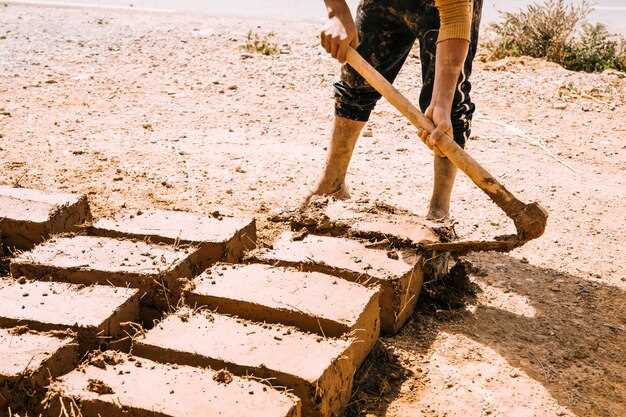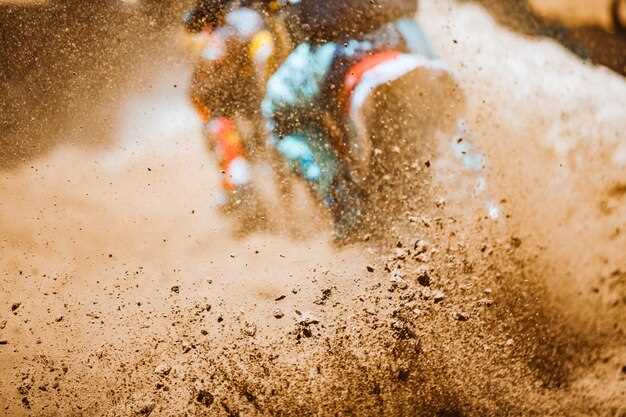
Construction and upkeep of dirt tracks play a pivotal role in the success of racing events. The right setup ensures not only the safety of drivers but also the overall quality of the race. A well-designed track provides the necessary challenges and excitement that keep audiences engaged while allowing racers to showcase their skills.
The process to build a dirt track involves careful planning and consideration of various factors. From selecting the appropriate location to determining the optimal track layout, every decision impacts the final product. Additionally, the composition of the dirt itself is crucial, as it affects grip and racing characteristics. Understanding the interplay between environmental conditions and track material is essential for achieving the desired racing experience.
Maintaining a dirt track is just as important as the initial build. Regular upkeep ensures consistent performance and safety. This includes routine inspections, grading, and watering to prevent dust accumulation and surface degradation. A proactive approach to maintenance keeps the track in prime condition, enhancing the excitement of every racing event while prolonging the lifespan of the facility.
Choosing Soil Types and Materials for Optimal Track Performance

Proper soil selection and material composition are crucial in building and maintaining an effective dirt racing track. The right combination ensures optimal performance, safety, and durability for both drivers and vehicles. Here are key considerations when choosing soil types and materials for your track setup:
- Soil Types:
- Clay: Offers excellent grip and moisture retention. However, it can become too muddy during wet conditions.
- Sandy Soil: Provides good drainage and allows for fast drying. It may not hold together well under stress and may require additives.
- Silty Soil: Combines attributes of clay and sand, offering a balance between moisture retention and drainage.
- Material Additives:
- Stabilizers: Materials like lime and cement can enhance track firmness and reduce erosion.
- Organic Matter: Adding compost or mulch helps improve soil structure and provides nutrients.
- Fibers: Incorporating synthetic or natural fibers can enhance soil cohesiveness and reduce dust.
- Testing and Analysis:
- Conduct soil tests to determine pH, composition, and moisture retention capacity.
- Analyze current track performance and make adjustments based on test results.
Incorporating the right soil types and materials in your track build will lead to enhanced performance through improved traction and stability. Regular maintenance, including soil testing and material replenishment, is essential to ensure sustained track quality over time.
Essential Tools and Techniques for Track Construction and Maintenance

When constructing and maintaining dirt tracks for racing events, having the right tools is crucial for achieving optimal performance and safety. One of the primary tools is a powerful tiller, which breaks up compacted earth and prepares the track surface for racing. This tool ensures that the soil is evenly aerated, allowing for better drainage and reduced erosion.
A grader is another essential piece of equipment, used to shape and level the track. Proper track setup is vital, as it influences the racing experience for both drivers and spectators. Adjusting the camber and banking through grading techniques improves handling and increases speed, enhancing overall race performance.
In addition to heavy machinery, hand tools like rakes and shovels are necessary for finishing touches. These tools allow for precise adjustments to the track surface, ensuring no loose material remains that could affect tire grip during a race. Regular maintenance also involves water trucks to wet the track, minimizing dust and promoting optimal racing conditions.
Implementing proper techniques, such as rolling the track after grading, helps in compacting the surface, providing a firm base for racing. Regular inspections should be conducted to identify wear and tear, allowing for timely repairs and resurfacing. Keeping the track well-graded and free of debris is crucial for maintaining safety standards and enhancing the competitive racing atmosphere.
In conclusion, a combination of heavy machinery and hand tools, along with appropriate techniques, is fundamental in the construction and maintenance of dirt tracks. By focusing on these essentials, race organizers can ensure a high-quality racing setup, providing an exhilarating experience for drivers and fans alike.
Managing Weather Effects on Track Conditions During Events
Weather can significantly impact the performance of a dirt track and the outcome of a race. Effective management of track conditions during events is essential for ensuring safety and maintaining competitive fairness. Race organizers must be proactive in monitoring weather patterns leading up to and during events to adjust the track setup accordingly.
One of the primary concerns is moisture content. Rain can lead to a muddy surface, while dry conditions can create loose, dusty tracks. Implementing a watering schedule is crucial; a well-timed watering can keep the track consistent, preventing dust while avoiding excessive mud. Track maintenance teams should utilize water trucks and specialized equipment to achieve the desired moisture balance.
In cases of unexpected weather changes, quick assessments of track conditions are necessary. Having a rapid response strategy enables teams to adapt the track setup–such as altering surface materials or changing racing lines to accommodate varying conditions. Regular communication with drivers and pit crews about track changes is vital for ensuring everyone is prepared for evolving race conditions.
Additionally, surface grading should be performed to maintain optimal traction. After rainfall, the starting grid may require reshaping to enhance grip, while dry spells might necessitate the addition of moisture-retaining agents. Continually evaluating the track throughout the event ensures issues are identified and addressed promptly, promoting safe racing and an enjoyable experience for competitors and spectators alike.
Ultimately, the successful management of weather effects on track conditions hinges on experience, preparation, and adaptability. By understanding the interplay between weather and track setup, organizers can provide a fair racing environment, regardless of nature’s unpredictability.




